
The First ever Pearl Necklaces
Discover the fascinating history of the pearl necklace—from ancient royalty to modern elegance—and how it became a timeless symbol of beauty.

The History of Pearl Necklaces
From Ancient Treasures to Timeless Elegance
The pearl necklace is one of the oldest and most cherished forms of adornment in human history. From the moment early civilizations first discovered the luminous treasures hidden within oysters, pearls have captivated the world with their natural beauty and elegance. What began as simple strands worn by ancient royalty evolved over thousands of years into the timeless symbol of sophistication we know today. From handcrafted relics of the past to contemporary statement pieces, the pearl necklace continues to embody grace, purity, and enduring style.
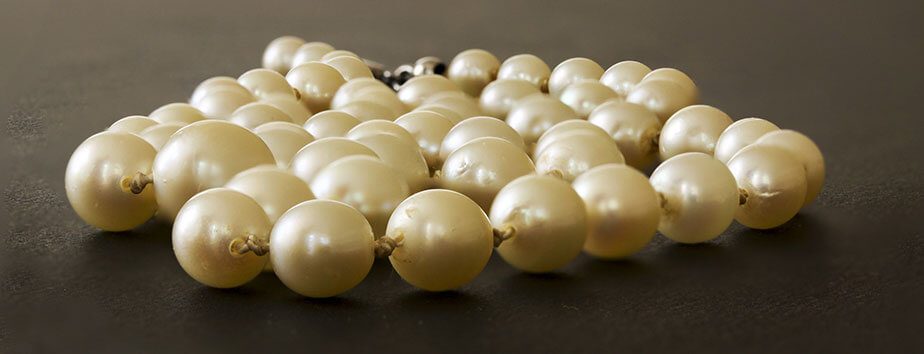
The Origins of Pearl Necklaces
While there is no documented “first ever pearl necklace,” the story of the pearl necklace begins over 7,000 years ago, when early civilizations in the Persian Gulf discovered shimmering treasures hidden within oysters. These first pearls were not just ornaments—they were natural miracles formed entirely by chance. Early humans quickly recognized their beauty, stringing them into simple necklaces by around 5300 BC. For these ancient societies, pearls embodied wealth, purity, and a connection to the divine.
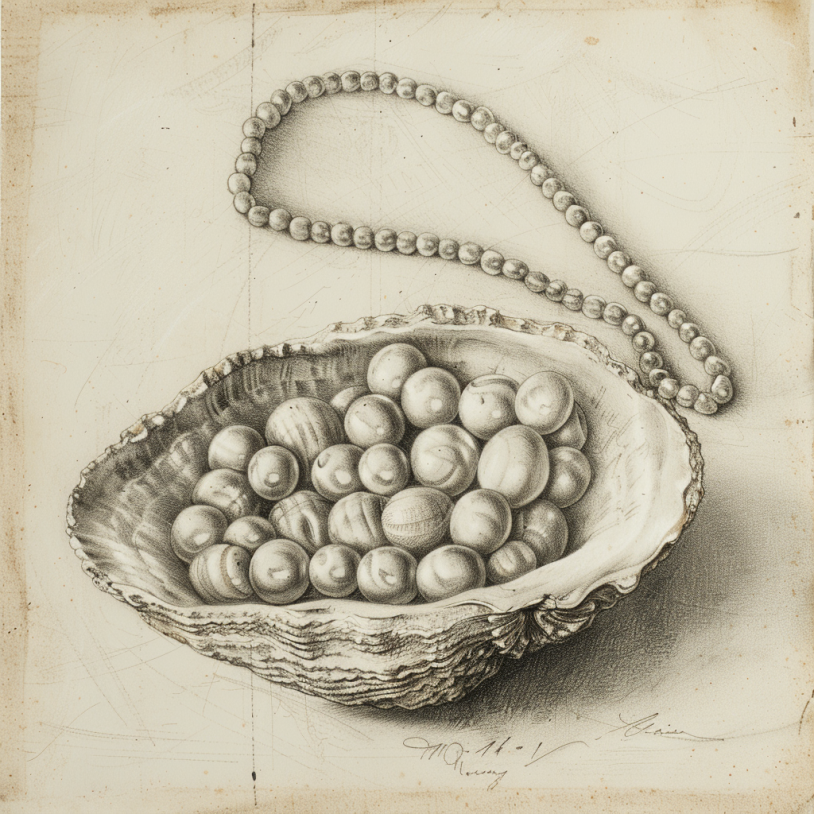
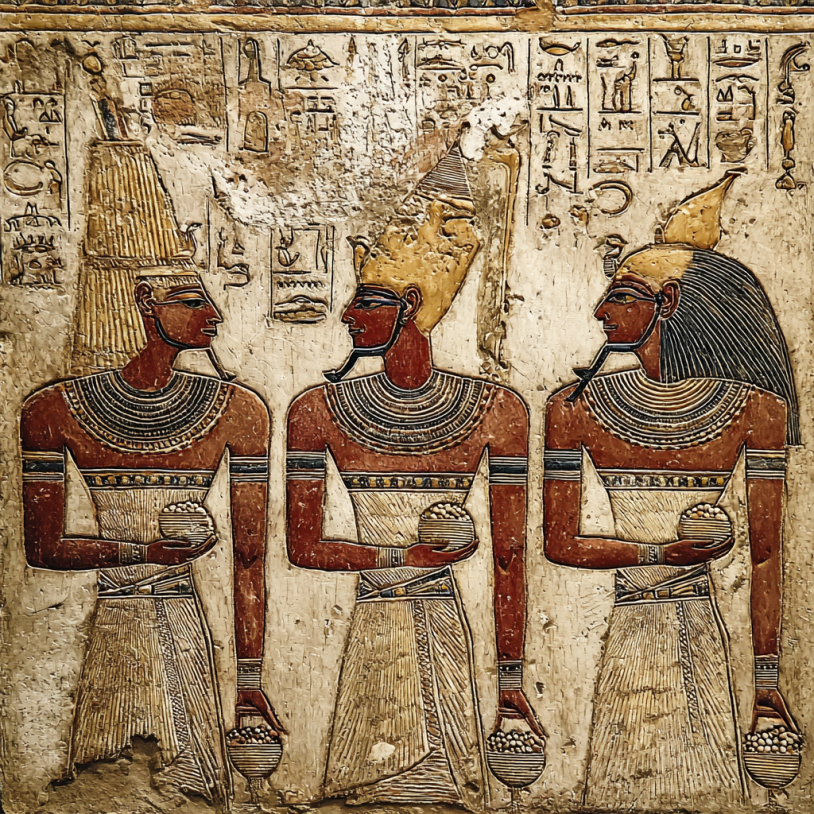
In the ancient world, pearls held spiritual and symbolic importance across multiple cultures. In Egypt, they were buried with royalty to ensure safe passage into the afterlife. Persian elites adorned themselves with them as emblems of power, while Chinese nobles treasured pearls as symbols of wisdom and harmony. Each culture saw something transcendent in these iridescent gems, elevating them beyond decoration to sacred art.
A Gem for the Gods and the Powerful
Throughout antiquity, pearls became synonymous with privilege. In ancient Rome, their rarity was so revered that laws were enacted restricting their use to the upper classes. To wear pearls was to wear status itself—a visual declaration of wealth and divine favor. Cleopatra famously dissolved a pearl in vinegar to prove her opulence, a story that illustrates how far humanity’s fascination with these ocean-born jewels would go.
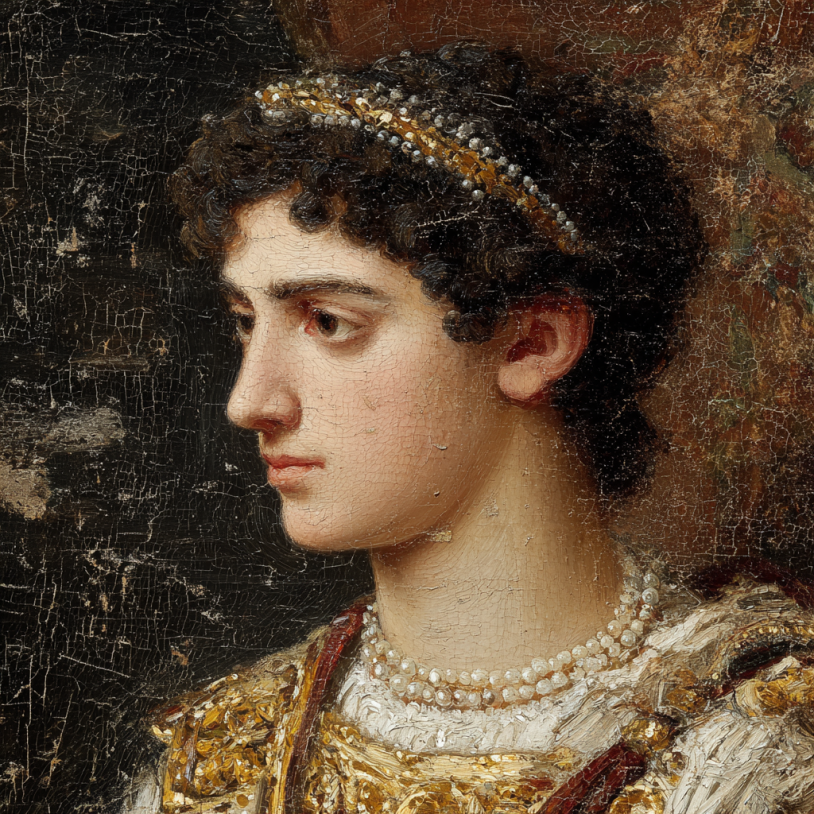
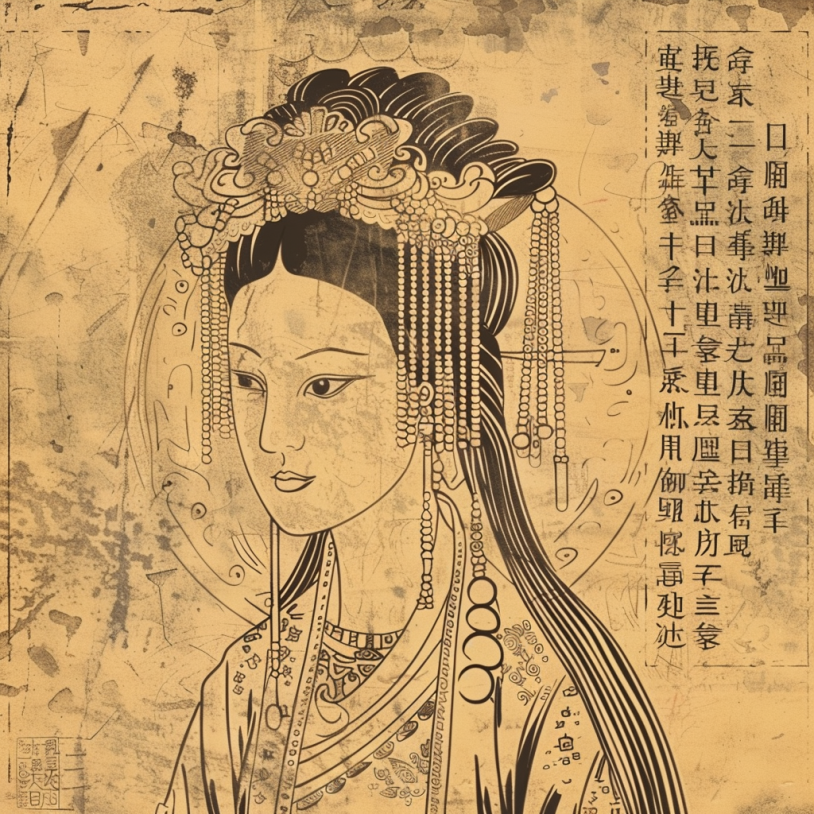
Across the East, similar reverence took hold. In China, pearls were believed to protect against fire and dragons, while in India, they symbolized love and purity in sacred texts. The natural formation of each pearl—without human intervention—added to their mystique. No two were ever identical, making every necklace unique, and every strand a testament to nature’s artistry.
The Cultured Pearl Revolution
The exclusivity of natural pearls lasted thousands of years—until innovation struck. In the late 19th century, Japanese entrepreneur Kokichi Mikimoto changed the course of jewelry history. In 1893, he successfully cultivated the world’s first cultured pearls, harnessing science to recreate what nature had once guarded so tightly. For the first time, pearls could be grown instead of found, making their allure accessible beyond nobility.
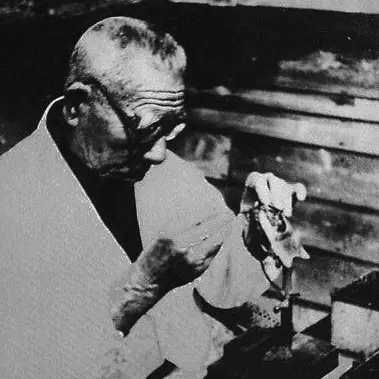
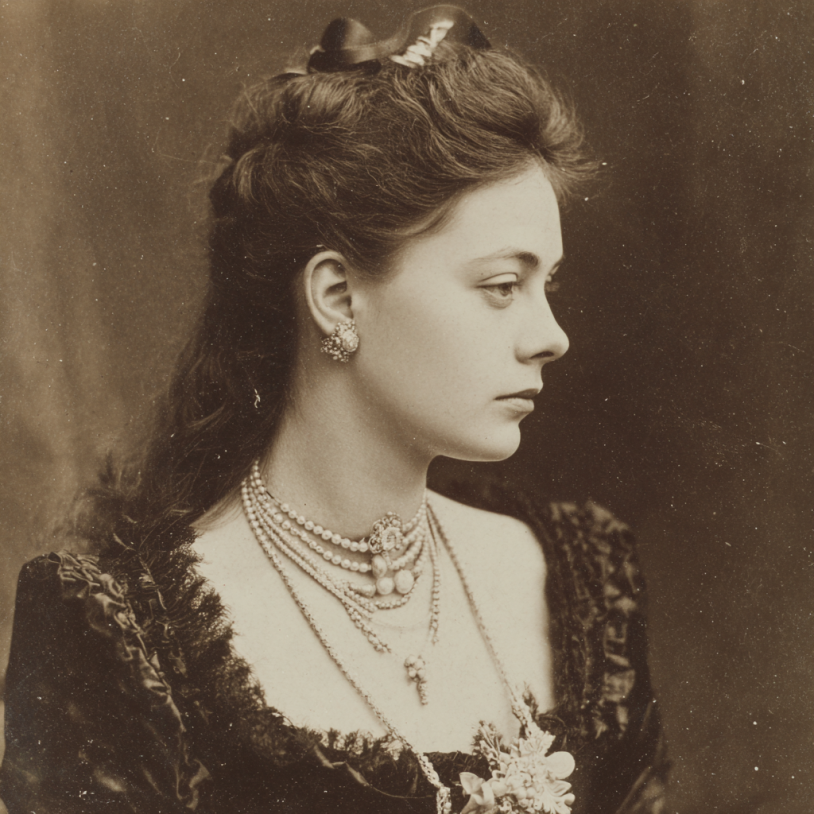
This breakthrough transformed the jewelry world. Mikimoto’s pearls possessed the same beauty and luster as their natural counterparts, yet they could be produced sustainably and consistently. The once unattainable pearl necklace became a symbol not only of wealth but also of innovation and artistry. With this achievement, Mikimoto didn’t just democratize beauty—he preserved a tradition that might otherwise have faded into rarity.
Pearl Necklaces Through the Ages
From the roaring twenties’ flapper fashion to modern red-carpet elegance, pearl necklaces have adapted seamlessly to every era. The early 20th century saw pearls become synonymous with sophistication, thanks to icons like Coco Chanel and Audrey Hepburn, who wore them as emblems of understated glamour. Even today, a simple strand of pearls can elevate any outfit, embodying a timeless balance of tradition and style.
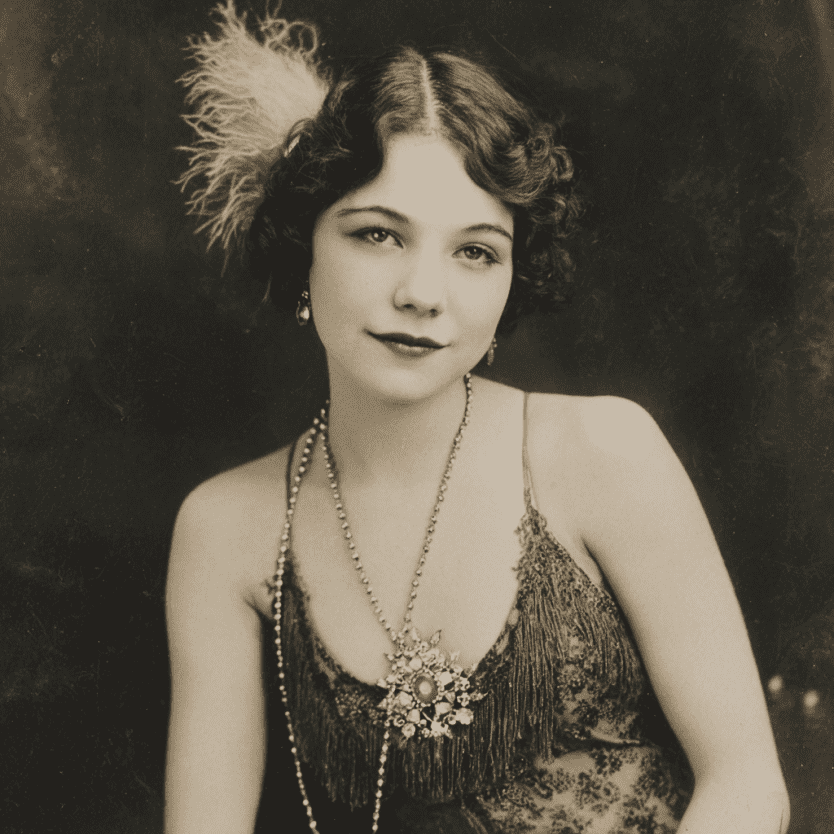
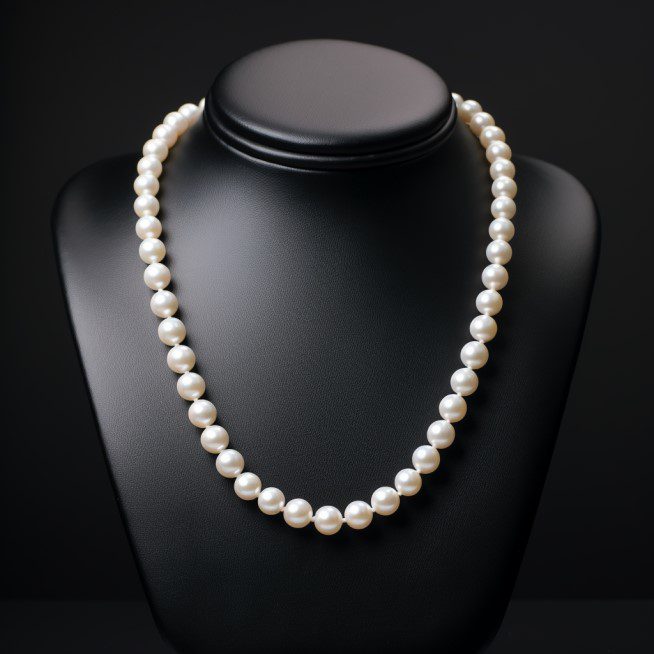
Contemporary designers continue to reinvent the pearl necklace, exploring shapes, colors, and compositions that break from convention. From delicate single strands to layered statement pieces and irregular baroque pearls, the possibilities are endless. Yet, no matter how they’re worn, each piece carries the legacy of those ancient civilizations and Mikimoto’s vision—a story of humanity’s enduring pursuit of beauty, shaped by both nature and innovation.
While You’re Still Here…
If you have a pearl necklace that needs a repair, you can be sure to trust it to the hands of our Master Jewelers right here at My Jewelry Repair

Check Out the Magic of Our Jewelry Services!
Resources:
- A Brief History of Pearls: https://www.americanpearl.com/
- History of Pearls: https://addapearl.com/
- ¹Kokichi Mikimoto by Unknown: https://commons.wikimedia.org/
- Blog outline and revising assisted by AI resources such as Google Gemini.
